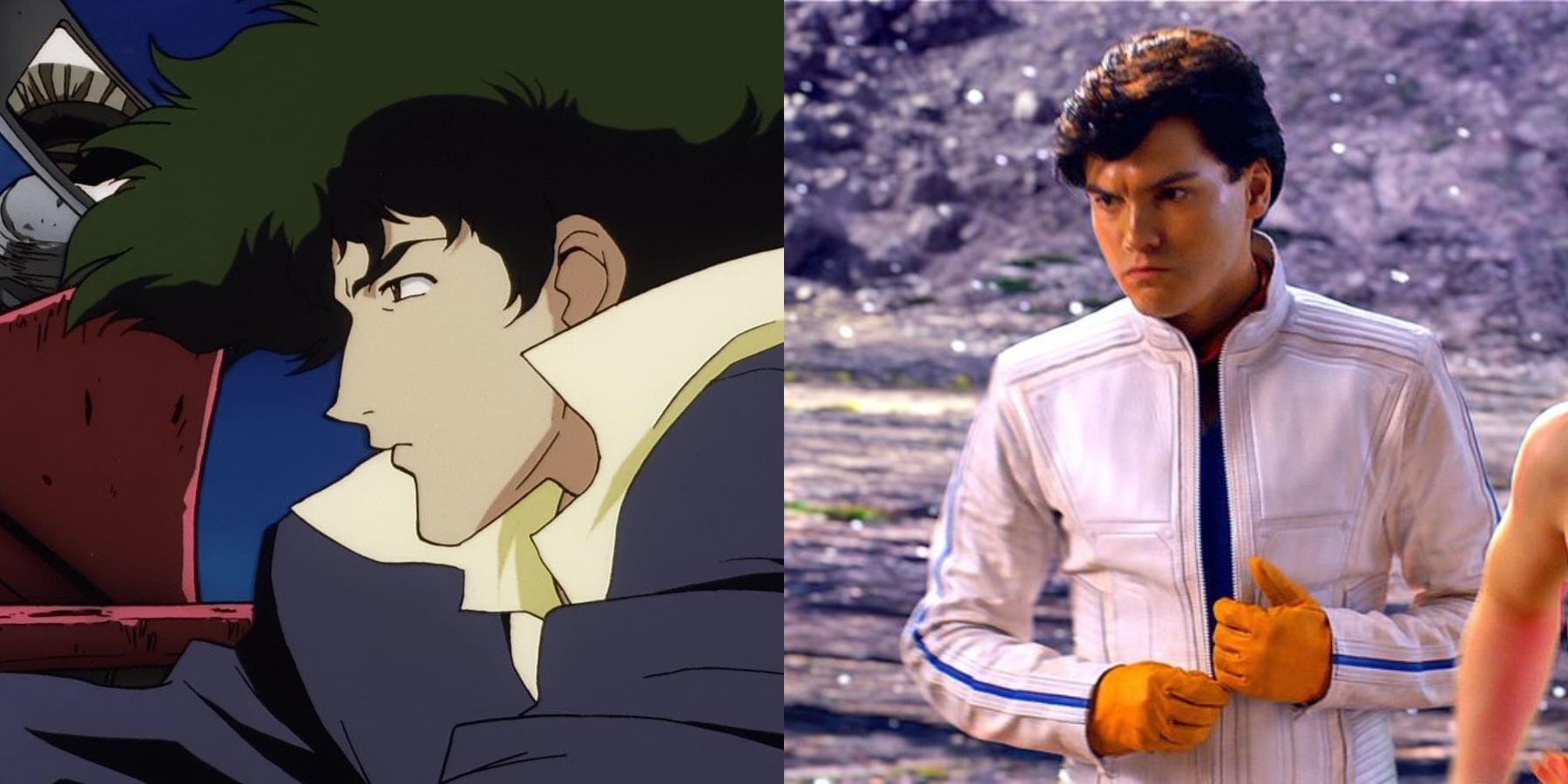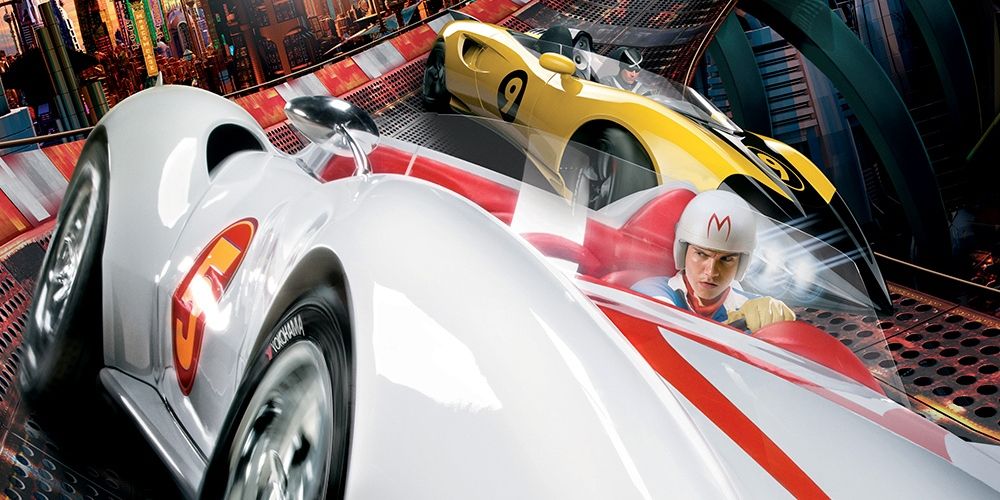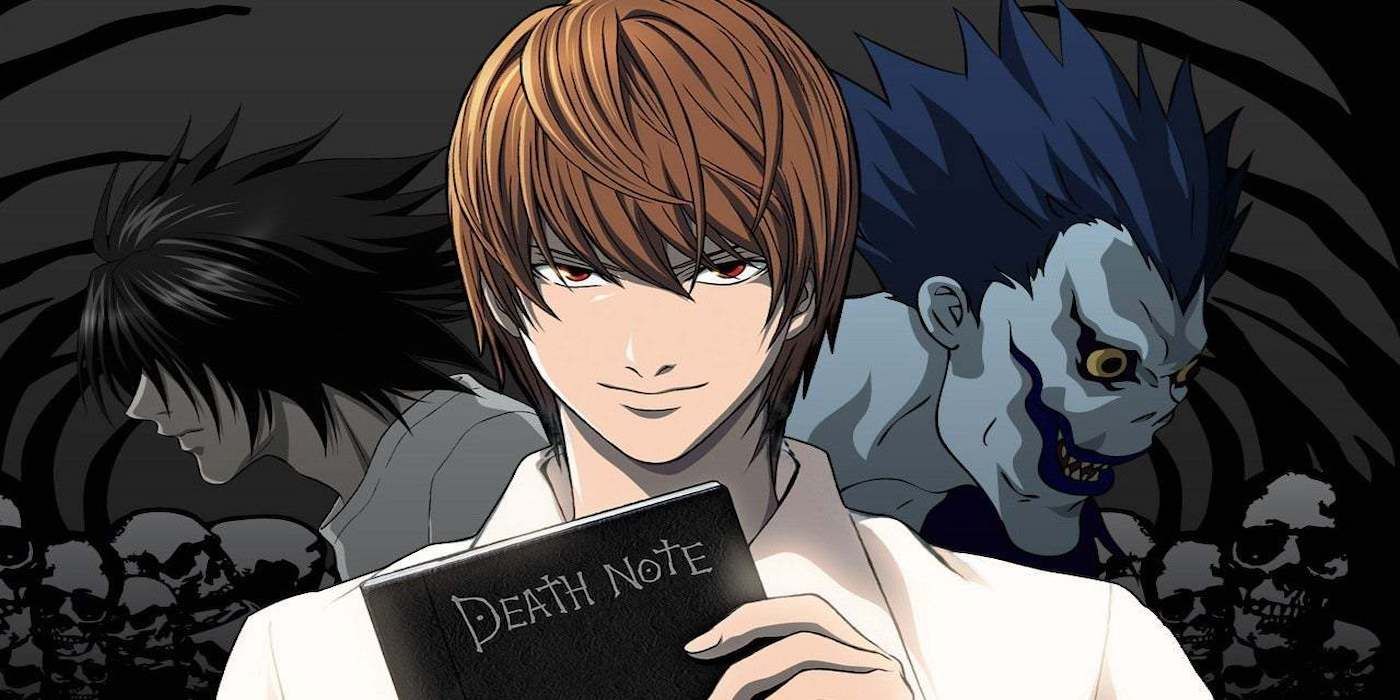With Netflix finishing up their live-action adaptation of the 1998 anime Cowboy Bebop, many fans are still left uncertain on how this series will turn out. While some live-action adaptations have found cult followings and more longstanding success, such as 2008’s Speed Racer, many others have been released to less-than-stellar reviews from critics and audiences alike. With this history in mind, what can Netflix’s Cowboy Bebop learn from these other attempts at creating something new from something known?
Releasing on TV Tokyo in 1998, Cowboy Bebop originally only aired half of its 26 episodes due to the graphic violence present in the show and its evening time slot. After garnering immense popularity, the show was then shown in full. After winning several awards and being re-run multiple times, Cowboy Bebop became the first anime on Adult Swim in 2001. All of this success has allowed Cowboy Bebop to maintain its popularity through the years, and it has settled into many top 10 lists for best anime.
While initially not so well received upon initial release, the Wachowskis' Speed Racer has slowly heightened in popularity as audiences have come around to the unique vision present in this film. There are several elements of this movie that mark it as one of many ways to adapt a work from its original form. What the Wachowskis did with this property is that instead of simply copying the original work, they instead worked to give purpose to this adaptation.
The original anime, Mach GoGoGo, is admittedly a fairly simple show structured around Speed Racer’s ability to drive his supercar very well. The adaptation used this simplicity to expand on the world and present a story about artistry, the love of craft, family, and more. This expansion allowed for the adaptation to feel needed and unique while paying homage to the original show at several points.
The new Cowboy Bebop needs to watch this careful balance between homage and expansion. The creators intend for the show to be new stories set in the same world with the same characters. The intricacies in both character and world already present in the original anime will mean that any expansion will need to be done carefully, as anything out of line will be immediately noticeable and could feel like a disservice. The more serious tone and mature themes of Cowboy Bebop also mean that an adaptation in the style of Speed Racer might not go over so well, as Speed Racer does have some more cartoonish moments.
Another set of lessons could be learned from another Netflix adaptation of an anime property. Death Note was a series that began as a 108 chapter manga but was later adapted into an anime in 2006. This series gained mass popularity for the mind games played by the main characters, and the constant near-misses wherein the serial killer protagonist is almost caught by the brilliant detective L. When it was announced that Netflix would be adapting the 37-episode anime into a Netflix Original film, many fans and critics were uncertain how it would turn out. The general consensus upon its release was that they were right to be worried.
Some of the many things criticized in this adaptation were casting, condensing the long story into a shorter form, and a misunderstanding of what made the original show so popular. Instead of the mind games present in the original show, much of the adaptation instead felt more akin to a Final Destination film. Much of this boils down to Light Yagami being played as a completely different character from who he is in the show. Instead of being a brilliant, conniving, and truly relentless individual, he is instead a weak, annoying, and cowardly high schooler.
Despite its many flaws, however, there are some things it did right. The casting of Willem Dafoe as Ryuk was widely agreed to be perfect, with him turning in a performance worthy of a better adaptation. This all compiles into the main point for Cowboy Bebop, in that casting can make all the difference in how characters are portrayed, received, and remembered. The main cast has been generally well-received, especially John Cho as Spike Spiegel, however there are some specific moments from the anime that will be where these decisions are put to the test.
Last, and possibly least, is one of the worst-reviewed anime adaptations: Dragonball: Evolution. This movie was cast out by anime fans from its first announcement and has long been held up as the perfect example of what not to do in a live-action adaptation. Characters are completely different from their anime counterparts, the setting is changed entirely, and the main character of Goku is turned into a moody high schooler instead of the confident adult he’s long been known as. Some of these elements in Netflix’s Cowboy Bebop seem to be looking right so far based on the trailer, however it’s yet to be seen how these characters come across in action.
While it’s certainly a daunting task to adapt something from its original form, it can be done. In order to succeed, Netflix’s Cowboy Bebop will ultimately need to avoid one question crossing the minds of its audience: why was this made? As long as the creators can look back on the history of anime adaptations and be careful what they repeat, the show stands a chance of falling in line with Speed Racer and staying away from the likes of Dragonball: Evolution.
Cowboy Bebop is releasing November 19th on Netflix.



